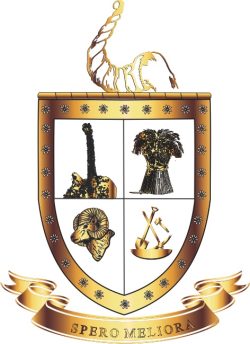About Us
Missionary activity in the Steinkopf area began as early as 1805, but the formal mission station was established in 1817 by Reverend Johann Heinrich Schmelen of the London Missionary Society (LMS). The station’s headquarters were located at the farm Besondermeid, approximately six kilometers south of present-day Steinkopf. The Namaqua people referred to this farm as /Khara Khois (meaning “a special woman”), from which the Dutch name Bezondermeid was derived. Rev. Schmelen named the mission station Steinkopf in honor of a German minister in London who had been his religious mentor—thus bestowing the settlement with the name of someone who had never visited the region.
Rev. Schmelen departed in early 1818, leaving behind a lasting legacy. Along with his wife, Zara, a Nama woman from the Steinkopf area, he later translated portions of the Bible into the Nama language. His successor, English missionary John Kitchingman, oversaw the mission until 1820, after which German missionary Michael Wimmer took charge. Wimmer served the congregation until his death in 1840 and was responsible for relocating the mission station from Besondermeid to Kookfontein—the site of modern-day Steinkopf. The name Kookfontein originates from the Nama word /Guntas, meaning “Cook Fountain.”
During its early years at Besondermeid, the mission lacked a permanent church structure. Worship services and school classes were held in makeshift mat houses or a so-called bossieskerk (bush church)—a circular enclosure made of packed bushes, a common practice among early missionaries in Namaqualand. The Besondermeid bossieskerk featured a foundational stone wall.
The nomadic lifestyle of the local livestock farmers posed a significant challenge to the missionaries. Since the community frequently moved in search of grazing land and water, maintaining consistent religious and educational efforts proved difficult. The missionaries encouraged sedentary practices such as wheat farming and small-scale gardening, but these efforts were often impractical in Namaqualand’s arid climate, where rainfall was both scarce and unreliable.
